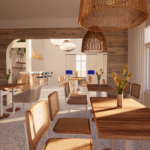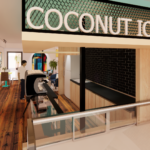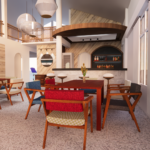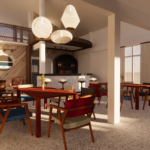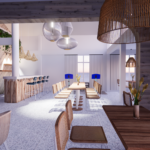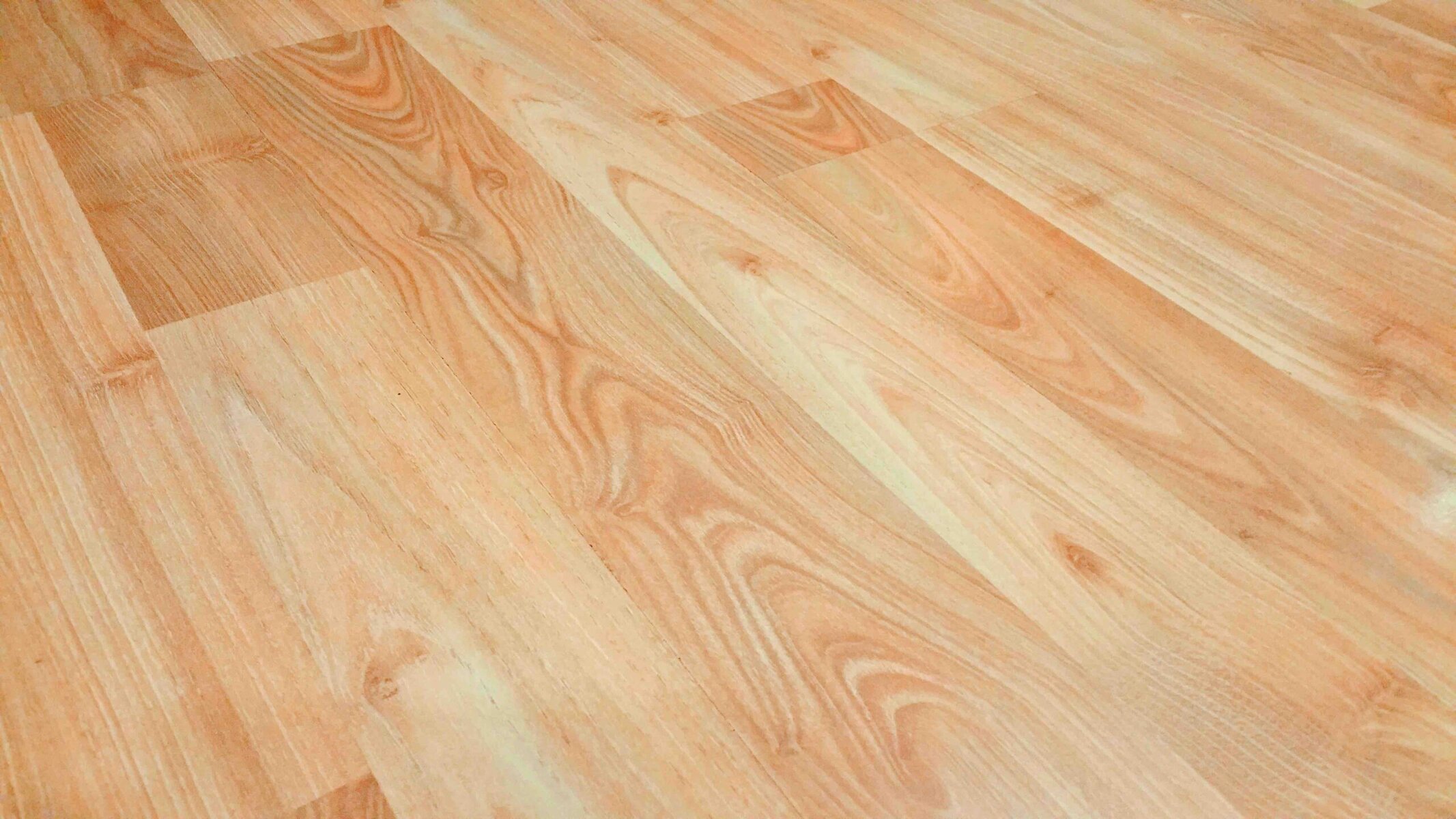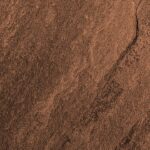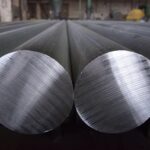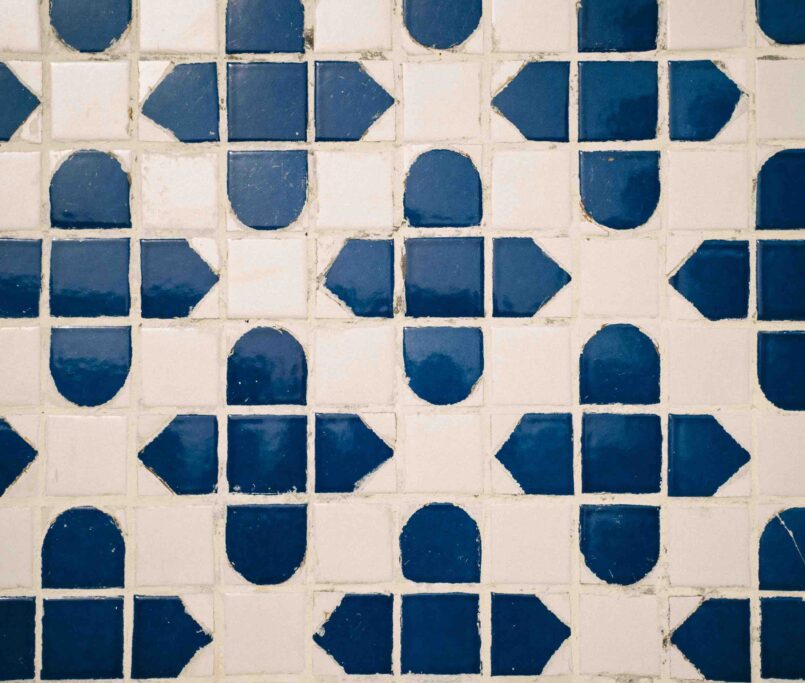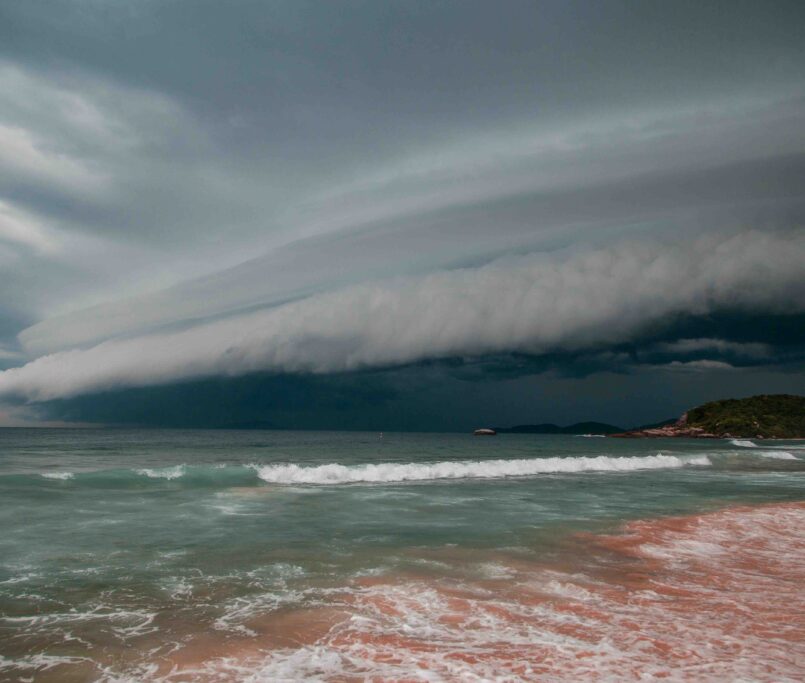When designing or renovating homes in tropical climates like Koh Samui, one of the most practical flooring concerns is how well a surface handles heat, humidity, and salt-laden air. Vinyl flooring has earned a reputation for being waterproof and resilient — but does it meet the standards required for a villa environment?
Let’s break it down, from material composition to climate response.
100% Waterproof and PVC-Core Stability
One of vinyl floorings key advantages in humid environments is its rigid PVC core, which makes it resistant to moisture and swelling. This is particularly useful in wet areas like bathrooms, kitchens, or laundry zones, where even engineered wood can falter.
Properly installed, quality vinyl flooring offers full waterproofing, which is why many builders now consider it for tropical interiors where the climate rarely relents.
Vinyl Flooring Durability in Tropical Wear-and-Tear
The durability of vinyl flooring varies with the wear layer. For tropical villas — especially those hosting pets, guests, or sandy feet — we recommend a minimum 20-mil wear layer. This spec can deliver 15 to 25 years of service, even under island-specific conditions like abrasive sand or salty air.
However, not all vinyl products are equal. Stick to products that have a track record in coastal or high-humidity settings, and avoid ultra-thin variants meant for low-traffic interiors.
Environmental Considerations and Indoor Air Quality
Though vinyl is a synthetic material, there are better and worse choices in terms of sustainability. Many modern options now include up to 50% recycled content and can be recycled multiple times. From a waste-management point of view, this compares favourably with materials like carpeting, which can eventually end up in landfill.
Also crucial in warm climates is air quality. Be sure to specify low-VOC certified products, which emit fewer airborne chemicals — a priority in enclosed, air-conditioned environments.
Installation and Aesthetic Use of Vinyl Flooring
Vinyl’s flexibility makes it ideal for both new builds and renovations. It can be laid over existing surfaces, reducing both cost and downtime. For tropical climates, we advise:
- 5mm plank thickness for added stability
- 5mm expansion gaps around perimeter walls to accommodate temperature shifts
- Light-toned finishes to reflect heat and visually lift darker interiors
Installation is relatively straightforward, but precision really matters: a poorly fitted floor can trap moisture or expand unevenly over time.
Architectural Use Cases
While vinyl isn’t suited to every context, it’s a strong candidate for:
- Bathroom and kitchen zones
- Garden-access areas with high foot traffic
- Rental villas where long-term durability is important
- Renovations where minimal disruption is desired
It may not replace polished concrete or hardwood for prestige living areas, but as a practical, attractive solution in moisture-prone spaces, vinyl is hard to dismiss.
In Summary
Vinyl flooring holds up well in Koh Samui’s climate, offering a blend of waterproofing, durability, and ease of installation that few other materials can match at the same price point. Just be selective about specifications and origins — especially if sustainability or indoor air quality is important to you or your clients.
For more detailed insights into material choices that work in tropical settings, explore our villa design tips on the blog, or contact us about your island project. Also, why not check out our Youtube Channel which is full of great information about building in Koh Samui.

